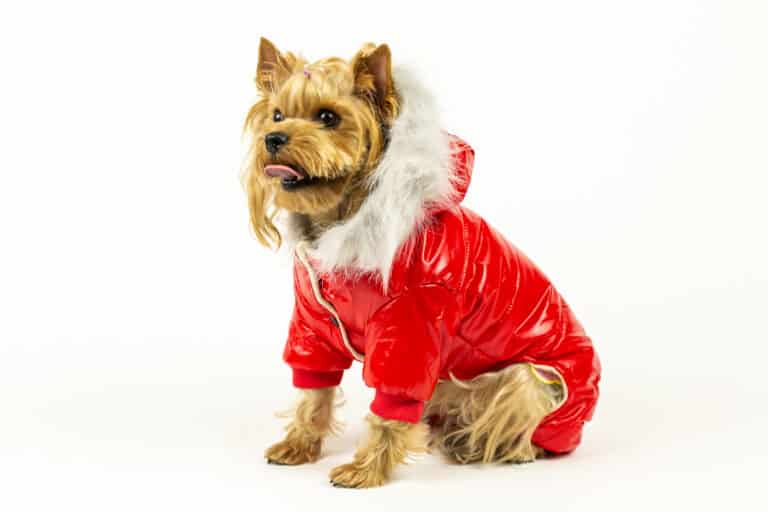In winter, many dog owners ask themselves: is it necessary to dress their pet? Several factors may influence the answer, including the breed of the dog, its health, and the temperature and humidity of the outside environment. In this article, we will examine these factors, as well as discuss types of dog clothing and recommendations for their use.
Factors Affecting the Need for Clothing
- Breed of the dog. Some breeds of dogs were bred to live in cold climates and they have thick fur that protects them from the cold. Examples of such breeds are Huskies, Malamutes, and Samoyeds. On the other hand, breeds with short hair, such as Boxers, Bulldogs, and Chihuahuas, as well as medium-sized dogs like Poodles, may often feel cold in chilly weather.
- Health of the dog. Elderly dogs and dogs with medical issues like arthritis or heart disease can be more susceptible to cold than healthy dogs. Also, a dog’s internal metabolism and its level of activity can affect its ability to withstand cold.
- Temperature and humidity. Even dogs with thick fur may feel discomfort at low temperatures, especially if the humidity is high or if they are wet. In addition, wind can intensify the sensation of cold.
Types of Dog Clothing
If you’ve decided that your dog needs extra protection from the cold, there is a variety of clothing available on the market. Here are a few primary types:
- Sweaters. They are typically made of wool or acrylic and can provide warmth for dogs with short hair. This can be particularly useful for dogs who spend a lot of time indoors but may feel uncomfortable going outside in cold weather.
- Raincoats and jackets. They are typically made of waterproof material and can provide protection from rain and snow, as well as from the wind. They may have lining for added warmth.
- Boots. They protect your dog’s paws from cold, salt, and frostbite. They can be particularly beneficial for dogs who like to walk in the snow or on ice.
Recommendations for Using Dog Clothing
When choosing clothing for your dog, its comfort and safety should be considered. The clothing should fit perfectly, without restricting the animal’s movements or breathing. You should measure your dog and select the appropriate size according to the manufacturer’s size chart.
Your pet should feel comfortable in the clothing. If they seem dissatisfied or indifferent to the clothing, you might want to try a different style or material. Remember, the clothing should not rub or restrict the dog’s movements, causing irritation or discomfort.
Dog clothing should genuinely provide warmth. Ensure the material is high quality and appropriate for the weather conditions. For cold, wet days, consider waterproof materials.
Choose clothing that is easy to clean and dry. Most clothes can be machine washed, which simplifies care.
And most importantly – your dog must be safe while wearing the clothing. Avoid parts of clothing that can tear off and pose a choking hazard, as well as restrict movements.
It is worth reminding that not all dogs require clothing in the winter. Some of them tolerate the cold well thanks to their natural coat. However, there are dogs that benefit significantly from additional protection in the cold season. If you’ve decided that your dog needs clothing, their needs and comfort should be taken into account when selecting the appropriate attire.
Sincerely, V.O.G DOG team.









